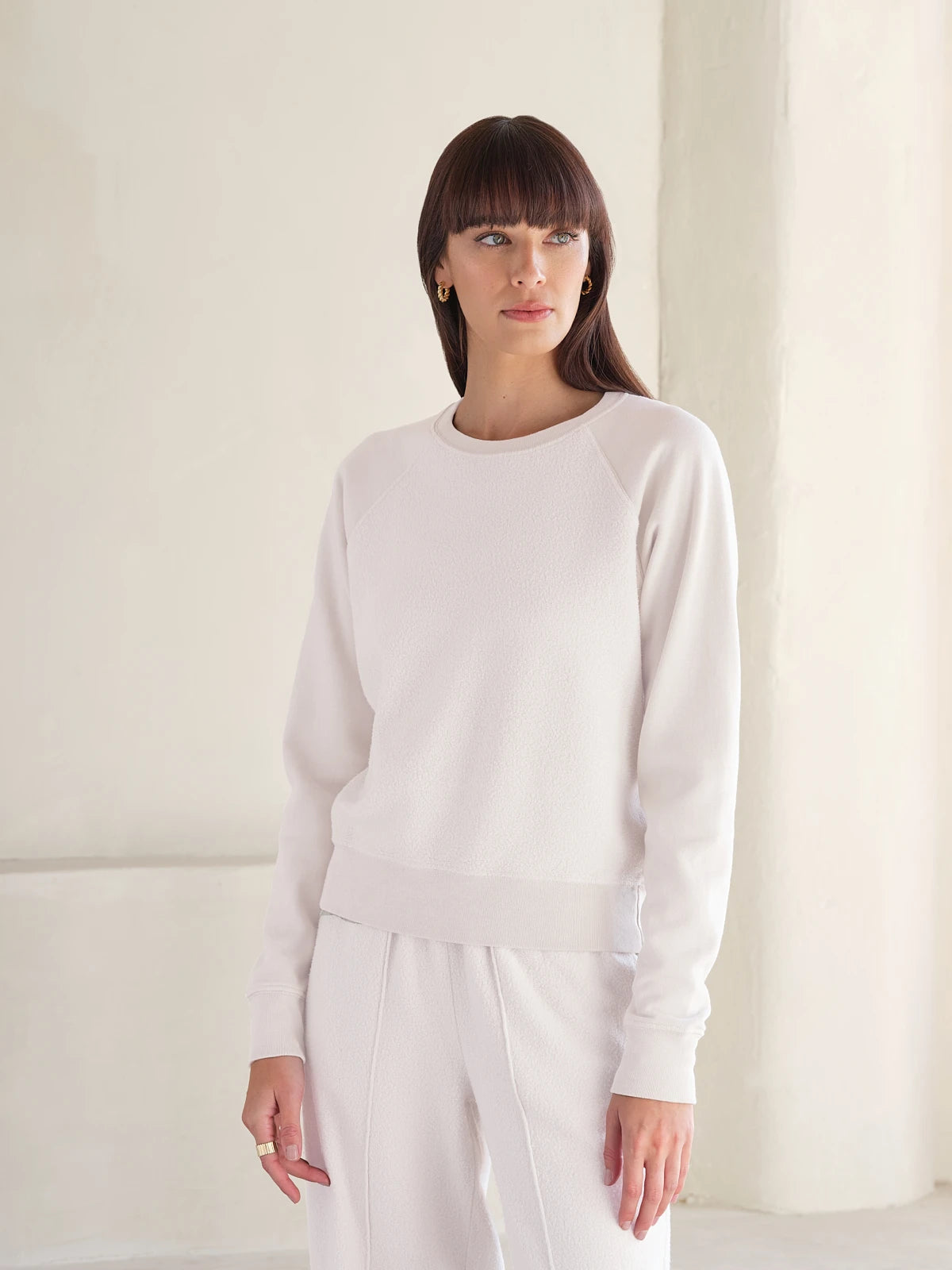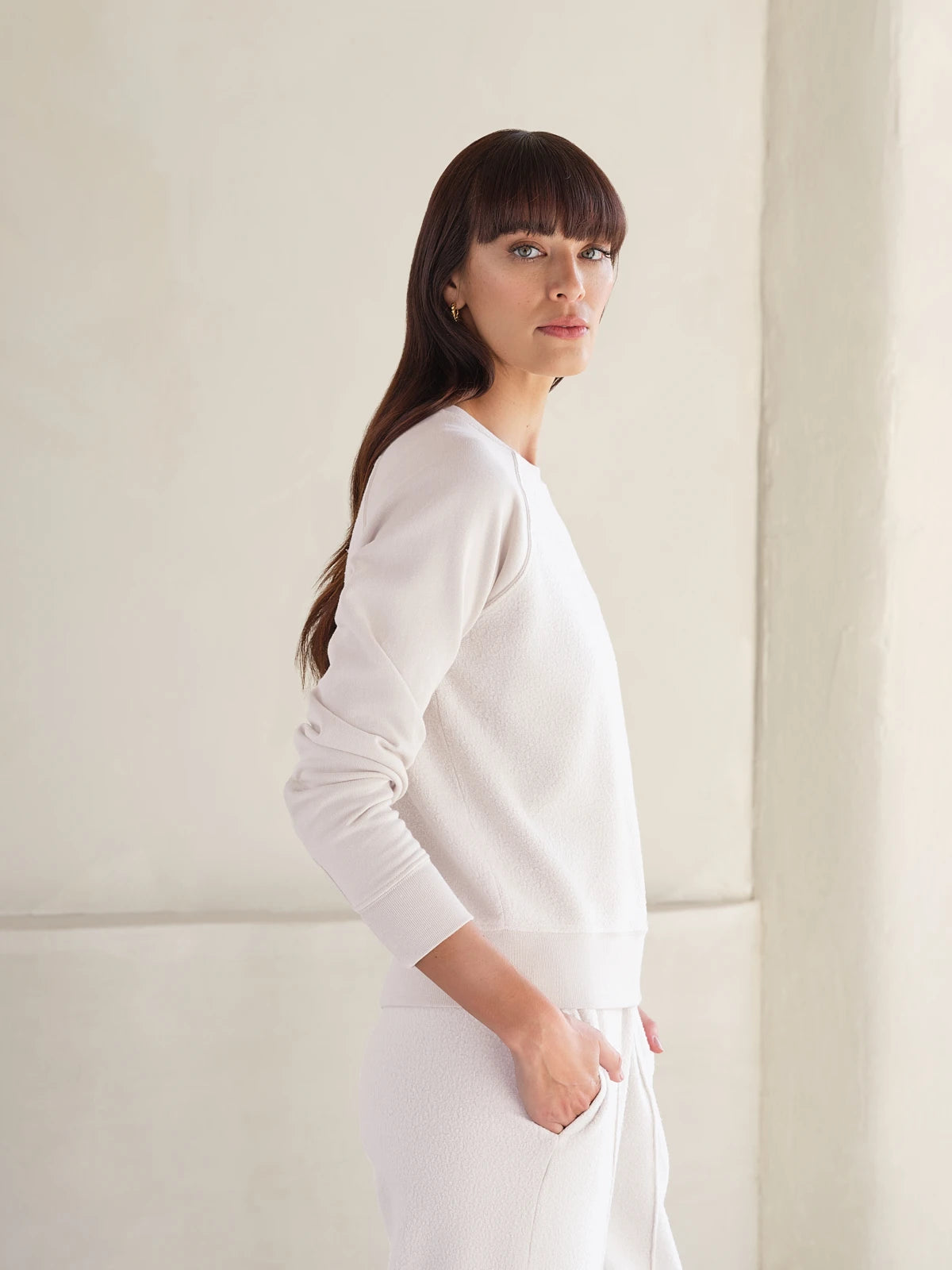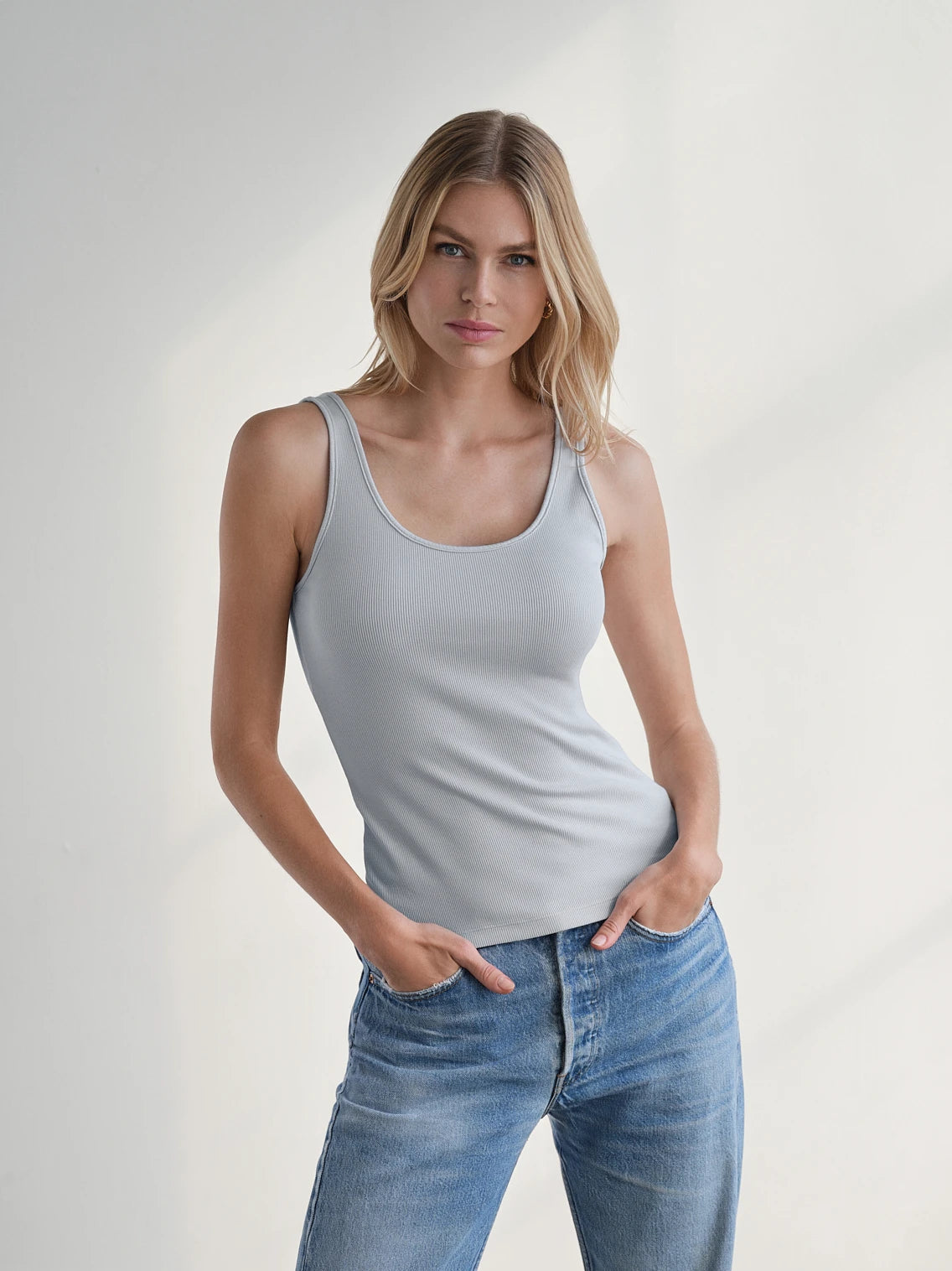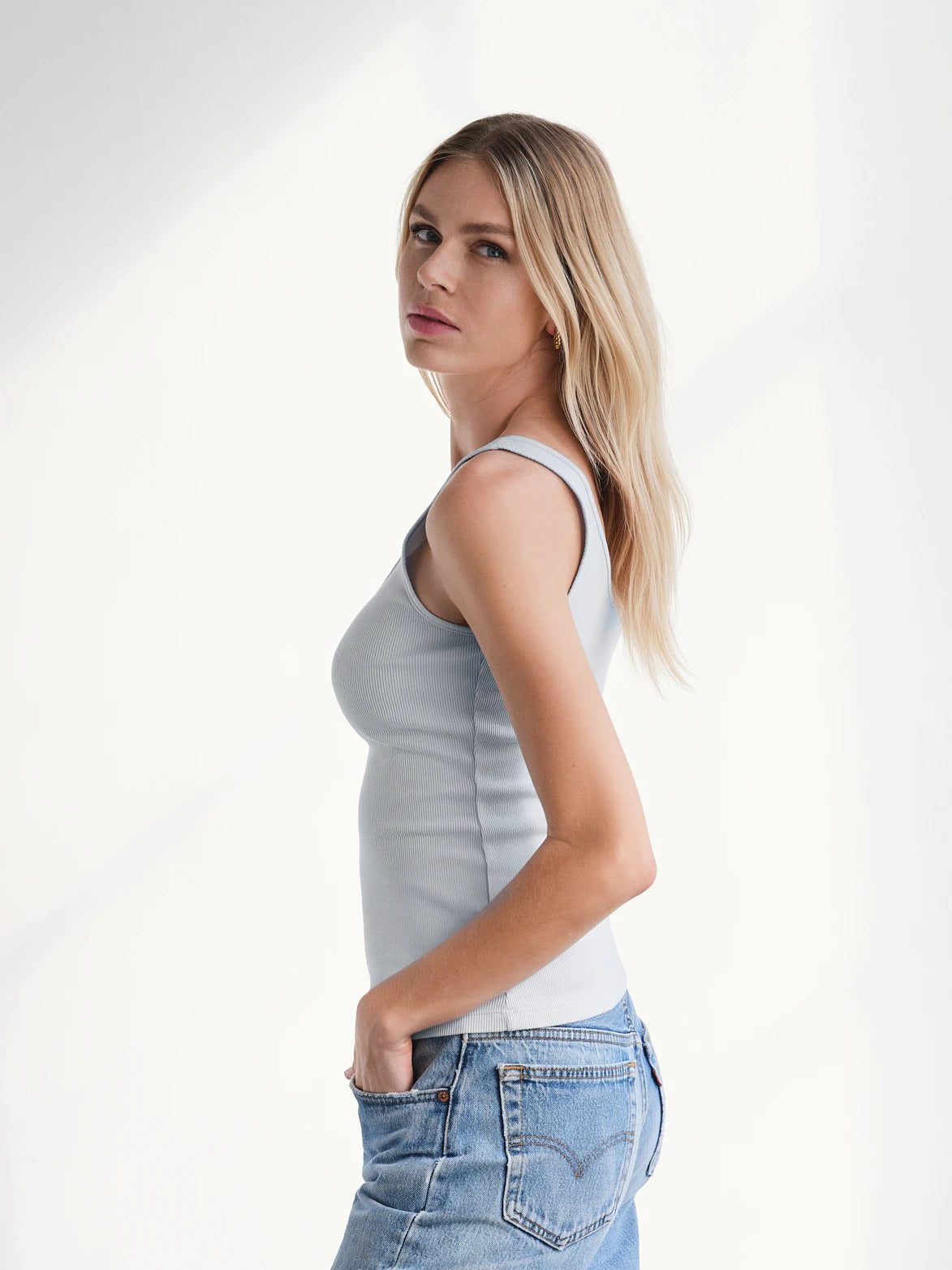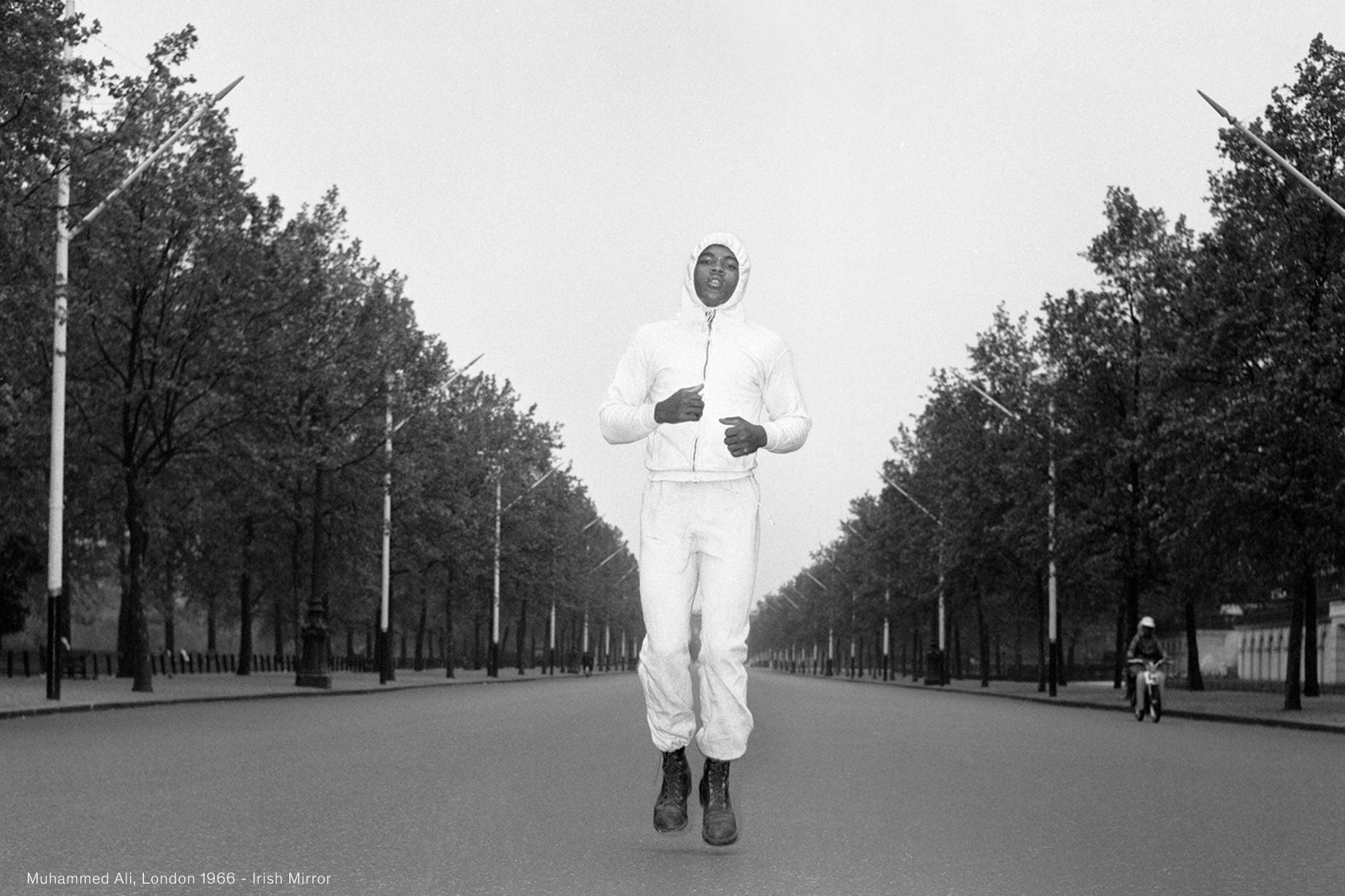The hoodie seems to have only recently arrived as a garment over the past decade as it gained pop culture hipness. But in reality the hoodie is one of mankind’s oldest garments.
“These are timeless objects that we hardly think of because they work so well that they're part of our lives,” says fashion curator Paola Antonelli. “We call them humble masterpieces.”
The earliest hoodies can be traced back 3,000 years to ancient Greece and Rome. These were loose fitting cloaks, usually made of wool, that included a carapace that covered one’s head. They were mainly worn during inclement weather. In the Middle Ages in Europe, this design was tightened to form something more recognizably hoodie-like, and the garment became especially known for its use by monks. These became everyday garments, and not just within monasteries – women wore a lighter, more flowy version, one that allowed them both to protect themselves from the cold but also to keep unwanted eyes from looking at their faces. In court life, these could be elaborately decorated garments, but for most they were simple daily garments. The hoodie also held sway in the popular imagination in the image of the grim reaper, which had its real life counterpart in the executioner.
The first modern hoodies appeared in the 1930s when the Knickerbocker Knitting Company (later known as Champion) added a hood to a sweatshirt. Boxing was the dominant sport at the time, and these garments were made to give boxers protection from the cold before and after a fight, or training for a fight. They quickly became adopted by laborers due to their comfort and utility. These garments were made of cotton.
In the 1970s, American fashion designer Norma Kamali was the first to turn hoodies into high fashion. This marked the hoodie’s first appearance on catwalks. At the same time, American universities began branding their names across hoodies, and they became genuine staples for generations of young students. The apex of the hoodie’s ascent came in 1976, with the movie Rocky, in which the main character, a boxer named Rocky Balboa played by Sylvester Stallone, iconically wore a hoodie while training on the streets of Philadelphia.
In the late 70s and early 80s, hoodies were adopted by hip hop and skateboarding culture, perhaps the first time they became an identity signifier. The hoodies’ comfort and its ability to conceal one’s identity, gave it a cloak-like power as streetwear. It’s easy to forget skateboarding’s early illicit roots, but the power of concealment was necessary for skateboarders who used public areas illegally.
The term “hoodie” emerged in the 90s, a time when gangsta rappers began embracing hoodies. The Wu Tang Clan famously used a hoodie on the cover of its iconic “Enter the Wu Tang” album.
By the 2000s, a cultural backlash against the hoodie emerged. In 2005, a shopping center in England famously banned shoppers wearing hooded sweatshirts. Ironically, those very garments remained on sale within stores there. That same year, the NBA banned the use of hoodies by its players at games. In July 2006 David Cameron, leader of the Conservative Party in England, made a speech suggesting that the hoodie was worn more for defensive than offensive purposes. The Labour party parodied the speech with the phrase “hug a hoodie.”
Today the hoodie is at the peak of its prevalence, both as streetwear and high fashion. As the Wall Street Journal announced a few years ago, “High Fashion Loves the Hoodie” and then posed the question, “Designers put luxe versions on runways, but will they work in the office?” At that point, the hoodie remained largely a male garment – runway shows in Milan and Paris featured all men’s hoodies by brands and designers such as Missoni, Roberto Cavalli, Julian Zigerli, Burberry, Louis Vuitton, Rag & Bone, and Givenchy.

A Myles Price LuxCasual Hoodie is an homage to the classic developed by the Knickerbocker Knitting Company in 1930. Each hoodie is handmade in Los Angeles and uses custom blended premium cotton fabric. Unlike the traditional athletic garment, a Myles Price Hoodie is fit taking into account the shape of a woman's body. Dropped shoulders let the thick cotton drape, a slightly cropped waist lends it self to being a chic layering piece on a chilly morning.
A Myles Price hoodie isn't made, it's crafted with an attention to detail that captures the refinement of New York, and the relaxed sophistication of Southern California.
Read more

All Myles Price apparel is made in Los Angeles. All our fabrics are produced in the United States. What does that mean and why does it matter? The short answer can be summed up in a w...

The way you do one thing is the way you do everything. Sustainability isn’t an afterthought or an added value, but a minimum threshold. We know who wears Myles Price apparel, and we take utmo...


